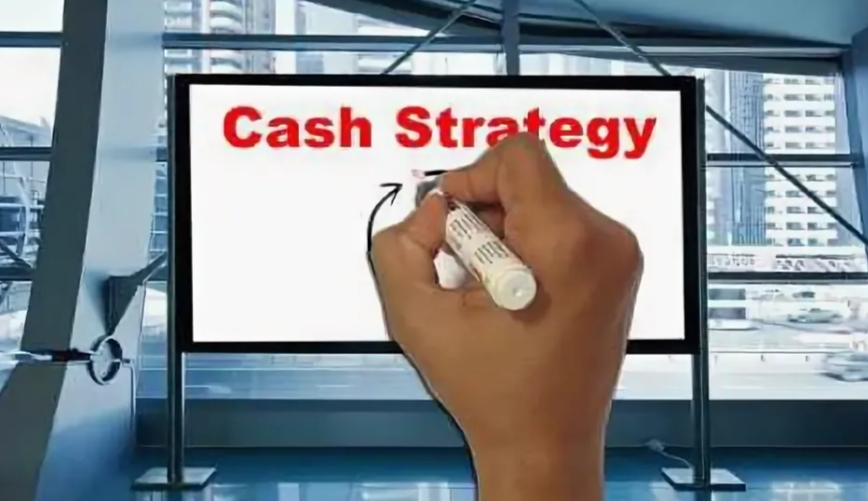There is an opinion in the investment community that, in case of major corrections, it is necessary to keep a solid cash cushion on hand in order to be able to buy assets that have fallen sharply in price (we will mean shares by assets).

However, few indicate what exactly this cash reserve should be. The idea of buying depreciated assets using cash reserves looks quite tempting, but in reality it is difficult to implement. Let’s see why this is so.
What profit can be made with different strategies for using the cache?
In case of a serious correction, it is better to keep a significant part of the capital in cash, for example, 30–40% or more. In the event of a major crash, such as a 30% decline in the market, you can use your existing funds to buy shares in a quantity comparable to that in the portfolio. The calculations look quite tempting, but there are several nuances.
Crashes of 30% do not happen every day, and if we are talking about a general gradual decline in the market, then it is never clear how strong and long the correction will be. If you purposefully wait for the market to decline by 30%, then you can not wait for this.
As an option, enter the market with a “ladder”, that is, when the market drops by a certain amount, spend some part of the cushion. With this approach, you can take advantage of the available cash cushion and buy shares at low prices, but the overall result will differ from the originally calculated increase in the number of shares – one and a half times. Moreover, there is a high probability that the market will continue to decline even after you have used up all your cash cushion, and in the end it may turn out that you still spent your stock prematurely.
Of course, if you were able to buy stocks on a 30% market decline and ended up with a 50% market drop, the number of shares you buy will still increase significantly. However, there will be some disappointment that the cash cushion ended too soon.
We considered the option when the share of cash in the portfolio is significant – 30-40%. If the share of cash in the portfolio is larger, for example 60-70%, then it is better to consider your portfolio as conservative and not count on the returns that stocks can give. Buying shares on market declines will give only a slight increase in profitability to the total conservative profit.

If you want to use up the cash cushion during market declines, then either when you enter the “ladder” you simply do not have time to fully spend all your cash reserves, or at some point decide to buy with all your funds. An aggressive “ladder” entry, when you divide the cash cushion into two or three parts, can be considered an option for such a purchase. In any case, there is a good chance that purchases will be made at rather high prices or there will be few of them, and you will not be able to get the full benefits of your big cash cushion from the market decline.